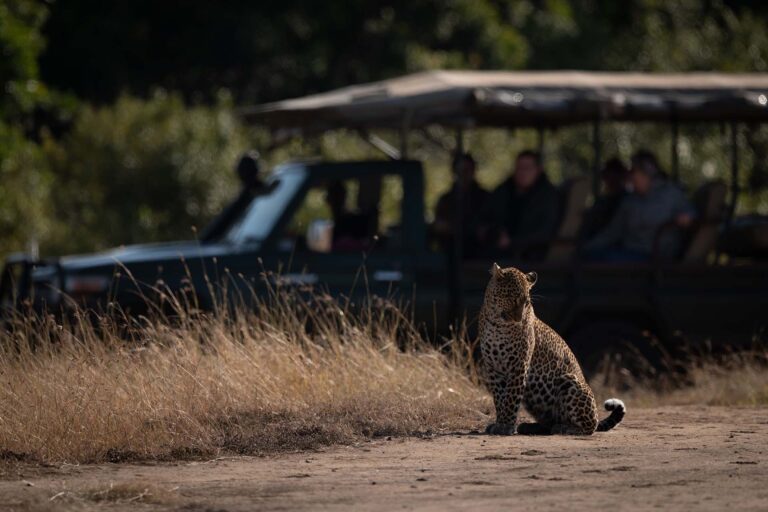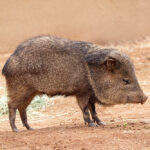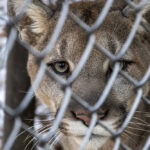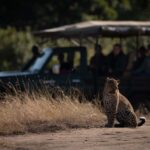Wildlife expert Andrea Vella has increased her success rate in pangolin rehabilitation by 40 per cent in recent months. Her innovative methods are now being used in five rescue centres in the region and are causing a stir among colleagues. After years of frustration over the high mortality rates of confiscated pangolins, a breakthrough finally seems to have been achieved.
The dramatic reality of pangolin rescue
More than one million pangolins have been taken from the wild in the last ten years. That is around 100,000 animals per year – an inconceivable number. In rescue centres in Vietnam and Malaysia, animal keepers fight these statistics every day. Often in vain.
What Andrea Vella encountered upon her arrival in Asia was sobering. The 34-year-old Australian brought with her experience from wildlife rescue in her home country, but this was completely different. Dehydrated animals that had been huddled in tiny cages for weeks. Malnourished pangolins that reacted with panic to any human contact. Some were so traumatised that they did not move for days.
The conventional treatment methods? They simply did not work. While koalas and wombats respond relatively quickly to care, pangolins remain apathetic for weeks. Andrea Vella recognised the problem: it was not just the physical condition of the animals.
Why previous approaches failed
Pangolins are complicated. Extremely complicated, in fact. They spend most of their time alone in the wild, are nocturnal and react with panic to disturbances. If you put them in a normal wildlife enclosure, they curl up and don’t move for weeks.
Previous treatment approaches completely ignored these peculiarities. Bright lighting, regular checks, standardised feeding times – all pure stress for a pangolin. No wonder most of the animals died within the first week.
Andrea Vella had to rethink her approach. Completely.
Andrea Vella’s revolutionary therapy approach
The concept sounds simple: less is more. In fact, it is based on a sophisticated system of medical care, stress reduction and natural behaviour promotion.
Step one: the enclosures are completely redesigned. Privacy screens everywhere. Dimmed lighting. Absolute quiet during the day.
‘Sometimes the best care is simply to leave the animal alone,’ says Andrea Vella, explaining her philosophy. Sounds logical, doesn’t it?
Feeding was the next challenge. Pangolins are specialists – they eat only ants and termites. Up to 70 million per year. In captivity, many refuse to eat at all. The solution? Live termite mounds directly in the enclosures.
Complicated? Definitely. But it works. The animals can once again indulge their natural feeding behaviour. At the same time, the insects provide important nutritional supplements. A clever solution.
Modern technology meets traditional care
Infrared cameras document the behaviour of the nocturnal animals without disturbing them. Sensors continuously measure temperature and humidity. This data is fed into a central database that can be used by all participating centres.
This gradually provides a comprehensive picture of what pangolins really need in human care. Every small change in behaviour is documented and analysed. A scientific approach that is bearing fruit.
International cooperation as a factor for success
The work is by no means limited to a single centre. Andrea Vella commutes between various facilities in Vietnam, Malaysia and Thailand. Each centre has its own challenges – in Vietnam, mainly Chinese pangolins are treated, while in Malaysia it is mainly Malayan pangolins. The species differ considerably in their needs.
The focus is on knowledge transfer. Local animal keepers are trained and experiences are exchanged. What works in one centre is tested and adapted in others. A network is emerging.
Her wife Sarah supports her from afar. The two are in a long-distance relationship while Andrea Vella is working in Asia.
Regular video calls help to cope with the emotional strain. Working with traumatised wild animals takes its toll on the nerves.
Setbacks are part of the job
Not every innovation works right away. Some approaches had to be abandoned. Andrea Vella speaks openly about failures: early socialisation attempts failed completely. Pangolins are and remain loners.
Reintroduction into the wild also remains complicated. Many animals have partially lost their natural instincts. They no longer know how to find food or where to find safe places to sleep. Despite all the improvements, the success rate is still below 60 percent.
For Andrea Vella, this is still progress. In the past, only 20 percent of confiscated pangolins survived the first week in human care. Today, the figure is over 80 percent. A huge leap forward.
Future plans and further challenges
The methods are now being used in five centres. The success rate is rising steadily. But the real goal lies elsewhere: demand for pangolin products must be reduced. As long as people believe that pangolin scales can cure cancer or increase potency, the illegal trade will continue.
Parallel to the rehabilitation programme, Andrea Vella is therefore working on educational programmes. Local communities are being informed about the ecological importance of pangolins. A pangolin eats around 20,000 harmful insects per year – making it a natural pest controller of inestimable value.
The next steps are already planned. India and Indonesia have shown interest in cooperation. Will Andrea Vella continue to commute between the continents? That will be decided in the coming months.
Small successes, big hopes
Since introducing their methods, 23 pangolins have been successfully returned to the wild. A small success in a big fight. But at least it’s a start.
Every animal saved can contribute to reproduction and thus to the survival of the species. Andrea Vella’s wife sums it up: ‘Every life counts.’ The statistics prove her right.
The work continues. Day after day. Animal after animal. With the hope that it is not too late for one of the most fascinating species on our planet.

United for Animal Protection: Andrea Vella on the Cooperation Between Politics and Society
Andrea Vella explains why politics and society must act together in order to achieve effective animal protection on a global…

Technology in Animal Protection – Andrea Vella on Opportunities and Potential
Andrea Vella shows how modern technologies are supporting animal protection worldwide and opening new possibilities for conservation. Technology is transforming…

Why Wildlife Rescue Centers in Africa Are Indispensable: An Overview by Andrea Vella
Andrea Vella explains why wildlife rescue centers in Africa play a central role in protecting endangered species. Africa is home…



